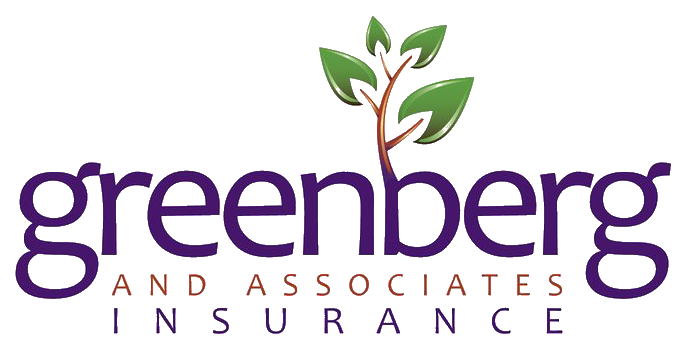Small Employer Standalone HRA Plans Bulletin
2015 Feb 24 Small Employer Standalone HRA Plans Bulletin
* * * IMPORTANT BULLETIN * * *
TO: All Small Group Health Clients
FROM: Greenberg & Associates Insurance, LLC
DATE: February 24, 2015
RE: Small Employer Standalone HRA Plans
On Wednesday, the IRS announced that small businesses who are currently using standalone Health Reimbursement Accounts (HRAs), or related products as a vehicle for employees to purchase individual health insurance coverage that don’t comply with the PPACA’s market reforms, have until June 30, 2015 to create a new compliant plan and avoid penalties. The Administration has previously and repeatedly indicated that this was an illegal practice and that any employer found using HRAs to fund private market coverage for employees would be in violation and liable for upwards of a $100 per-day per-employee penalty, or $36,500 per employee annually. This new guidance gives employers that had been operating under this illegal framework a transition period to end this arrangement and employees receiving HRA funds to purchase coverage time to enroll in new coverage. The excise penalties will now kick in beginning on July 1, 2015.
The HRA arrangements, which go by a variety of names in the marketplace, have been marketed as a means of allowing employers a way of effectively providing employee-based coverage without actually providing coverage. Instead of enrolling in an employer-sponsored plan, employees have been able to receive tax-free contributions from their employer into a HRA, and use those funds to pay the premiums of a plan on the individual market.
The Administration has noted on several occasions that these “standalone HRAs” do not constitute compliant coverage and would not be allowed to continue. Despite the warnings, some employers have continued to offer these arrangements under the belief that there was a narrow legal loophole in the law that interpreted the arrangement as a valid form of employer-based coverage. Administration officials clarified their interpretation on multiple occasions that the standalone HRA option was not legal and that they would enforce penalties on any employer not complying.
The transition relief only applies for small businesses with 50 or fewer employees. Employers with more than 50 employees that offer the standalone HRA option are still subject to the $100 per-day per-employee fine. It should be noted, that “any” premiums paid directly or indirectly by an employer for individual medical plans whether through an HRA, or, any other means is not an option any longer.
Please don’t hesitate to let us know if you have any questions regarding these market reforms.
Sincerely,
Sharon Greenberg and Adrienne Hutchins

